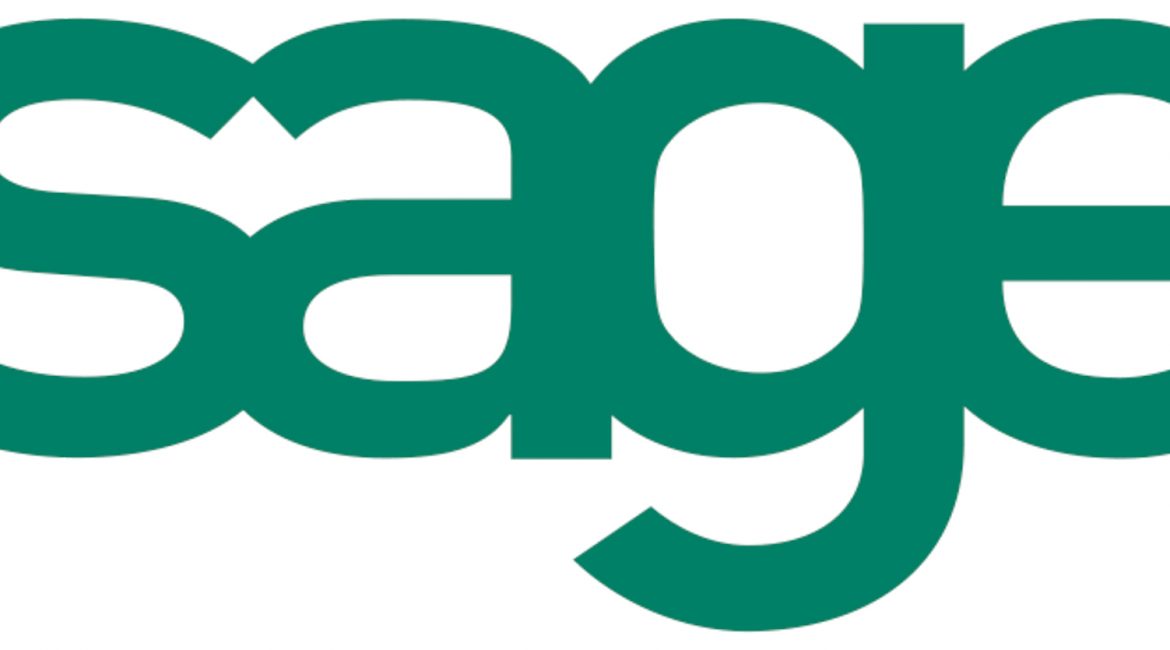Setting Up Sage Accounts Correctly
The Obligatory History Bit!
When you think of Accounting duties in the workplace, Sage will often be the first package that springs to mind.
There’s a good reason for this!
Sage is the market leader for integrated accounting, payroll, and payment systems!
Sage started as a small company, founded by David Goldman. His ideas came about when he wanted to automate his own accounting processes. He began with a team of Newcastle University students, and tasked them with developing the software that could make it happen. Once they had begun making progress, he realized this was something that other businesses would benefit from too. Some years afterwards, Sage was listed on the London Stock Exchange with a valuation of £20M! As their software became increasingly well known, they increased in size to cope with demand. In 2015, they employed over 13,000 employees to support their millions of customers all over the globe. Their annual revenue had grown to £1,436M.
Given the above, then, it is easy to believe that Sage have some understanding of businesses starting out small, and helping with their accounts, payroll etc. as they grow.
Sage and new Technology
Traditionally, with more than one person using Sage Accounts, the data would be shared on a server, with multiple workstations connected to it. This worked fine when everyone was in the office, but then the teleworking era began. How could you access that data when working from a home PC? A VPN (Virtual Private Network)
VPN’s are basically a link from one WAN connection to another. They are a private, encrypted link between sites. VPN’s are fine when accessing emails or files located on a corporate server, as they are usually small pieces of information transmitted back and forth when needed. Sage data, on the other hand, is in a database format, which is not well suited for use over a relatively slow Network.
Consider this; you could easily have a basic 100Mbit local Network in the office or even a 1000Mbit Gigabit Network. If your home users are using a standard ADSL, or even higher speed fibre, they will be limited to their own Internet speed. Sage needs a connection of at least 100Mbit (Basic LAN speeds) to work correctly. At present, most PC’s connect at 1000Mbit, to improve performance. Once this drops to say 30-80Mbit (typical fibre speeds) then Sage is pretty much unusable.
One Solution – The Terminal Server
One way around this could be to have a Terminal server in the office. This is an expensive outlay, though, especially if it’s only required for Sage users. A Terminal Server is basically a server sat in the office, and which uses your home PC as a dumb terminal, sending only screen updates over the VPN, rather than the whole Sage data. Some users employ this approach, but what if you’ve not got many users, and a terminal server is not an option? Read on!
Sage’s Answer – Sage Drive
This is where Sage Drive comes in. Once you’ve configured Sage Drive on the main PC that stores the Sage Data, that Sage data is replicated, securely, into the Cloud. Other workstations can then be configured, outside of the corporate network, to connect directly to Sage Drive. The need to connect directly into the corporate network to access Sage, is eliminated. Your Sage data is constantly kept up to date every time a change is made, so that remote users always work on the latest data. When you connect a machine to Sage Drive, it basically downloads a cache of the data, and keeps it up-to-date by downloading the small changes, rather than accessing the entire database over the internet. This now means that even users with low-bandwidth ADSL connection can work from wherever they need to, without having to worry about connection speeds. You could literally sit down in an internet café, and get working on the accounts, rather than having to commute into the office!

